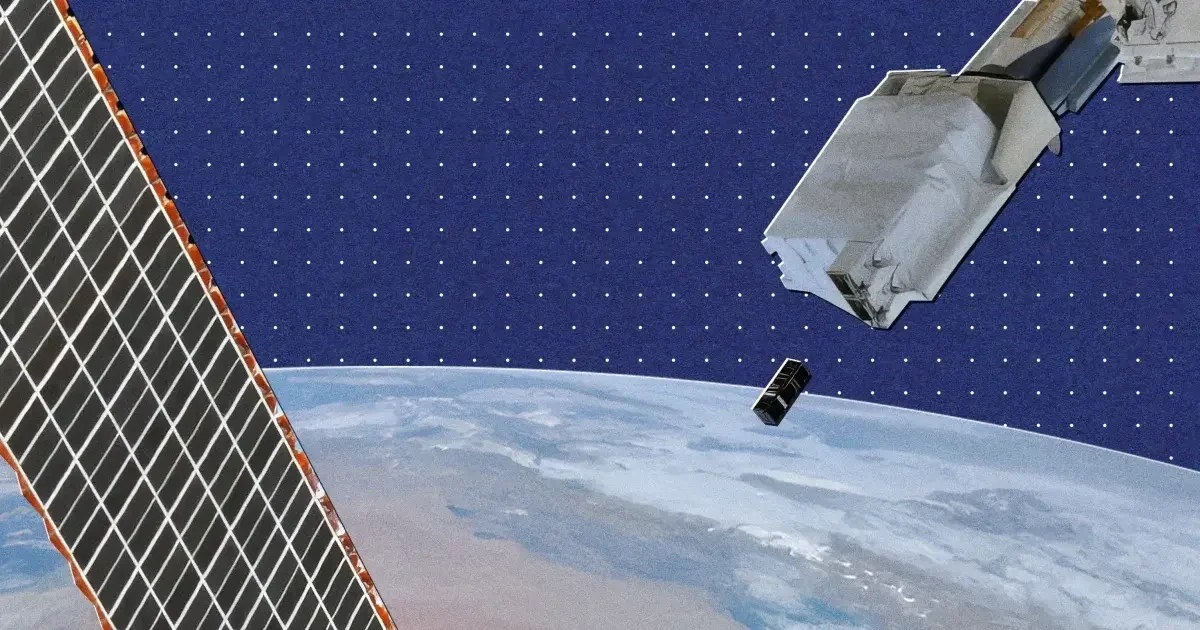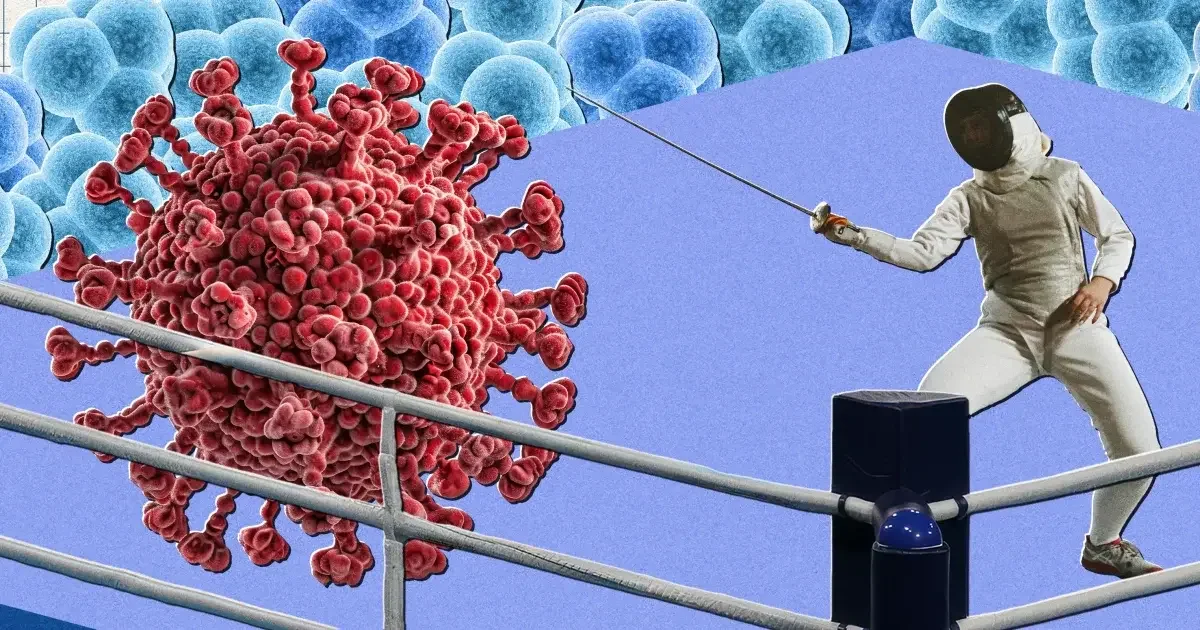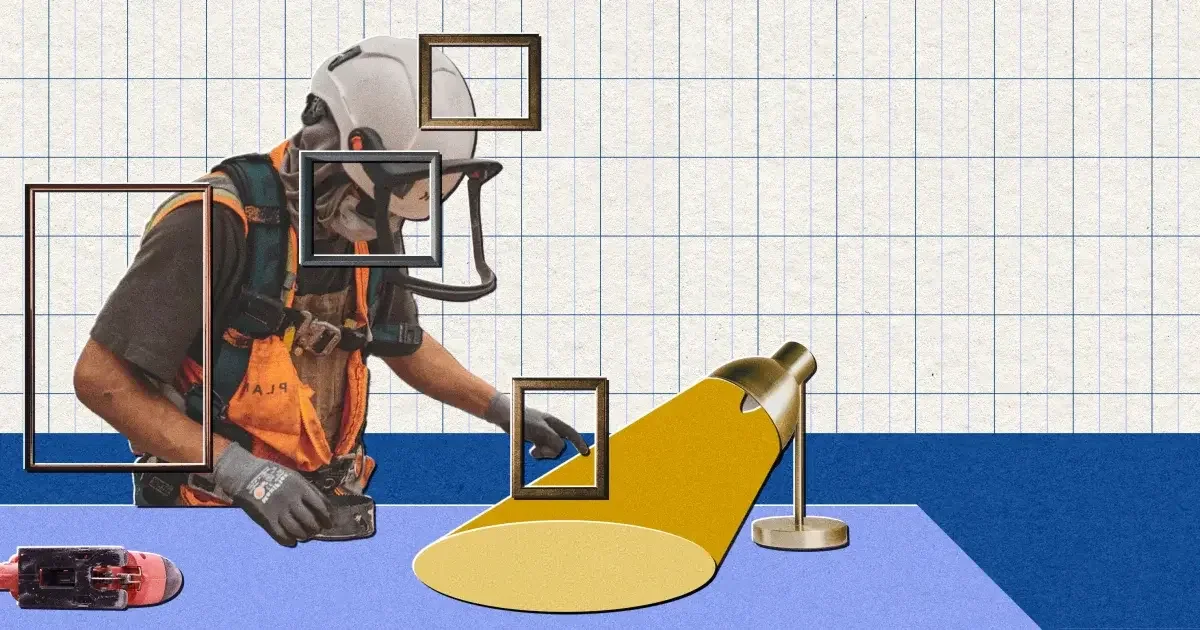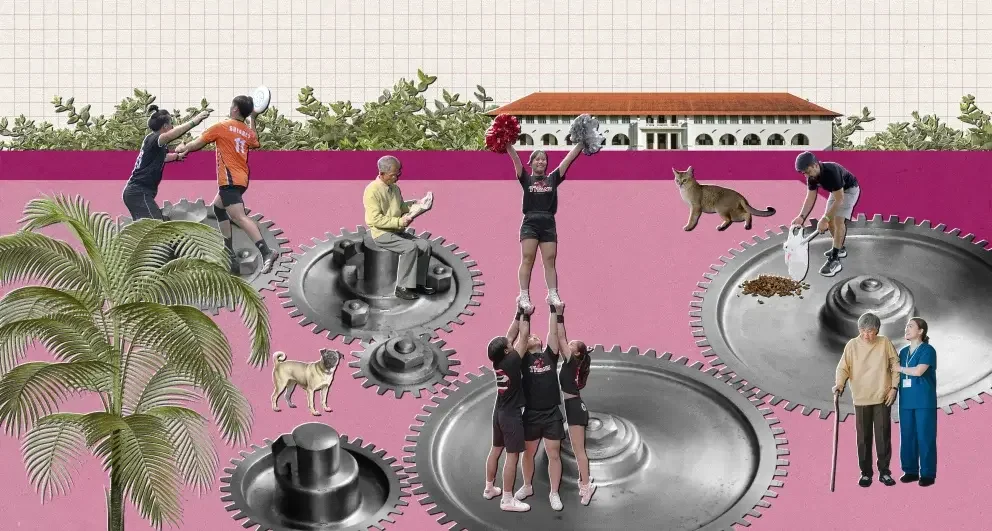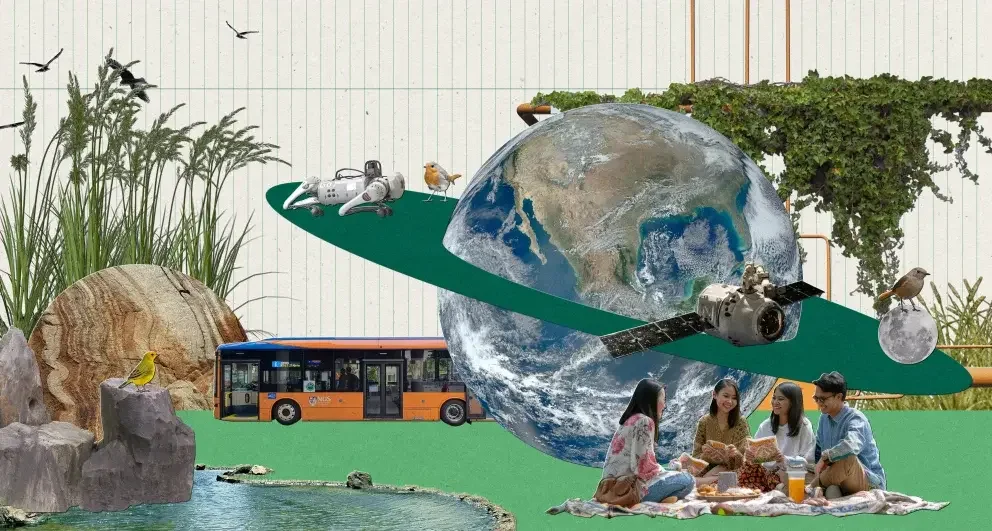

Shaping Future Solutions
Advancing knowledge
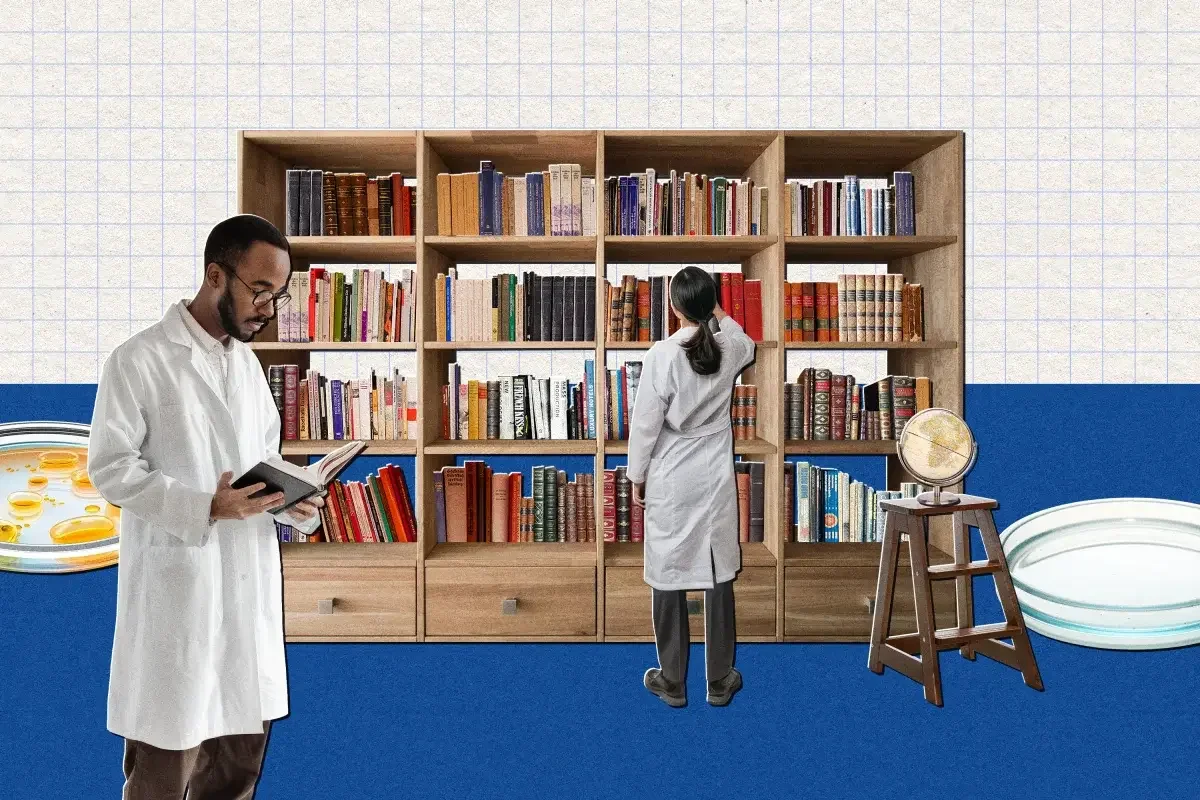
Our research is integrated and interdisciplinary, in service of the world’s most pressing problems.
Centred on four clusters—health innovation, materials research, smart nation, and urban solutions and sustainability—research at NUS is also supported by cutting-edge infrastructure, and longstanding collaborations with government, industry and academia. These include research centres of excellence, corporate laboratories, and international collaboratories like CREATE, which bring leading global research institutions together.
Girding this is the vital spirit of autonomy and discovery, which empowers our researchers to do their best work. The result: steady increases in research funding clinched and research output, and more peaks of excellence.
Research excellence
RESEARCH FUNDING
S$4.3 billion
in competitive research funding clinched.1

RESEARCH PUBLICATIONS
> 56,000
research and academic papers published, a 26% increase from the previous five years.2

INTERNATIONAL COLLABORATION
69 %
of our research publications emerge from international collaborations—up from 55% ten years ago.3

PROMINENCE IN PUBLISHING
42 %
of our research publications feature in the top 10% most cited journals worldwide.4

AN INTEGRATED APPROACH
1 in 4
of our research publications are multidisciplinary in nature.5
![]()
“Two experts from different disciplines could observe the same material behaviour but draw different conclusions or focus on entirely different aspects. However, the beauty of interdisciplinary work lies precisely in this diversity of perspectives. The collaborative spirit prevalent at NUS has enabled the formation of interdisciplinary teams, and these diverse perspectives have significantly enriched my research. By blending insights from diverse fields, we are not just pushing the boundaries of individual disciplines, but are also shaping a future where resources are sustainably harnessed, utilised and conserved.”
Professor Ho Ghim Wei
NUS Department of Electrical and Computer Engineering,
Founder of the Sustainable Solar Systems Laboratory, which harnesses solar power to drive sustainable technologies
CITATION IMPACT
Our Field-Weighted Citation Impact—which measures how well cited a publication is compared to similar publications—is
2.0.
It has risen by 13.6% over the past five years.6

HOMERUNS
388
homeruns (journal articles with 20 times more citations than the average in a particular discipline), almost double that of the previous five years.7

1
Financial Year 2018–2022
2
Calendar Year 2018–2022
3
Calendar Year 2022
4
Annual average, Calendar Year 2018–2022
5
Annual average, Calendar Year 2018–2022
6
Average of Calendar Year 2018–2022. A FWCI value of 1.0 indicates the global average across all publications. Here, the FWCI value of 2.0 means that an NUS publication is cited two times more than the global average of similar publications (in terms of publication year, type and discipline).
7
Calendar Year 2018–2022
Expanding our research footprint—in Asia and the world
We are leading the charge on issues of global importance through first-of-their-kind research platforms that are driven by innovation, collaboration and real-world impact.

Heat Resilience and Performance Centre
Leading Southeast Asia’s efforts to combat rising temperatures, the Centre is the regional node for the WHO’s Global Heat Health Information Network.
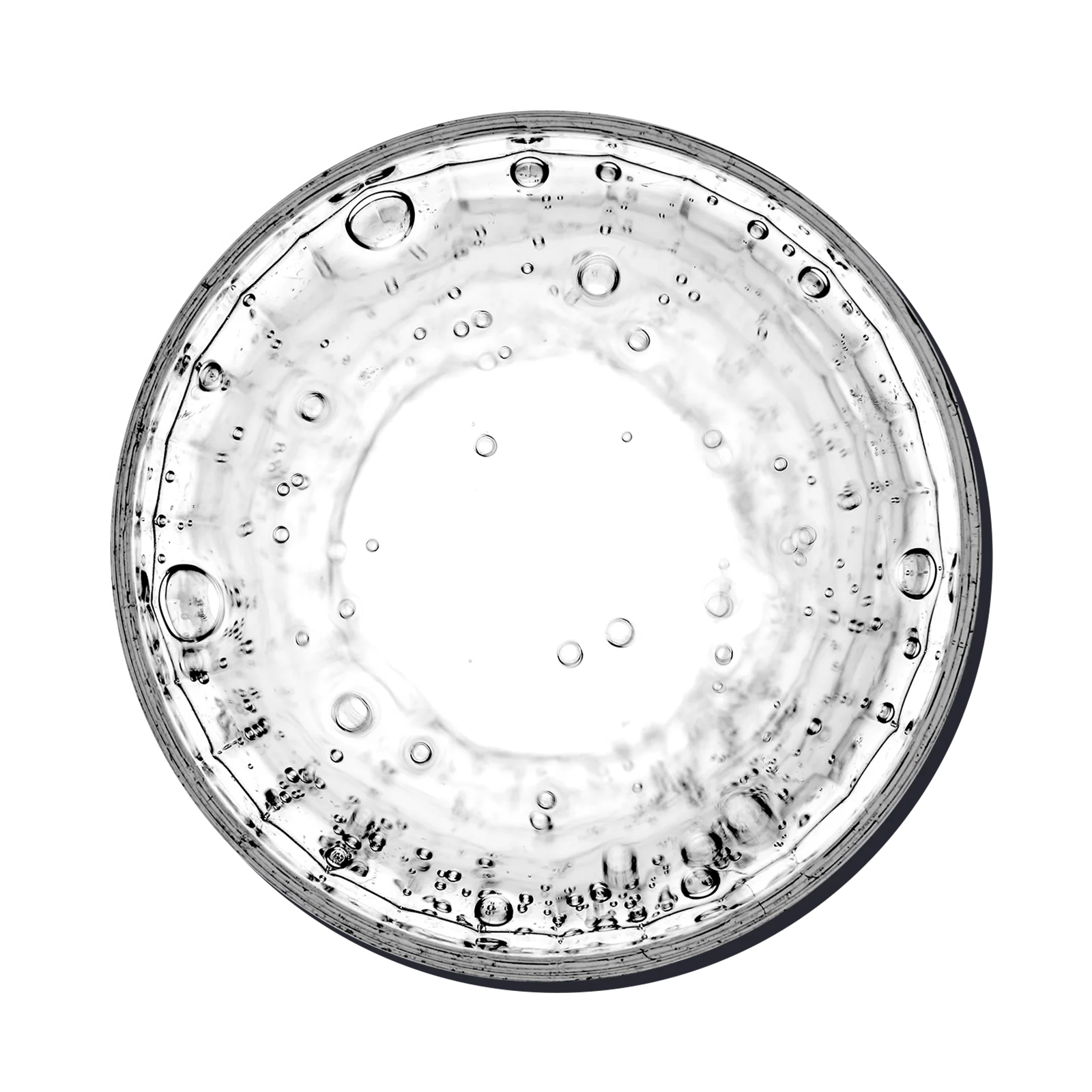
Centre for Hydrogen Innovations
Leading Southeast Asia’s efforts to combat rising temperatures, the Centre is the regional node for the WHO’s Global Heat Health Information Network.
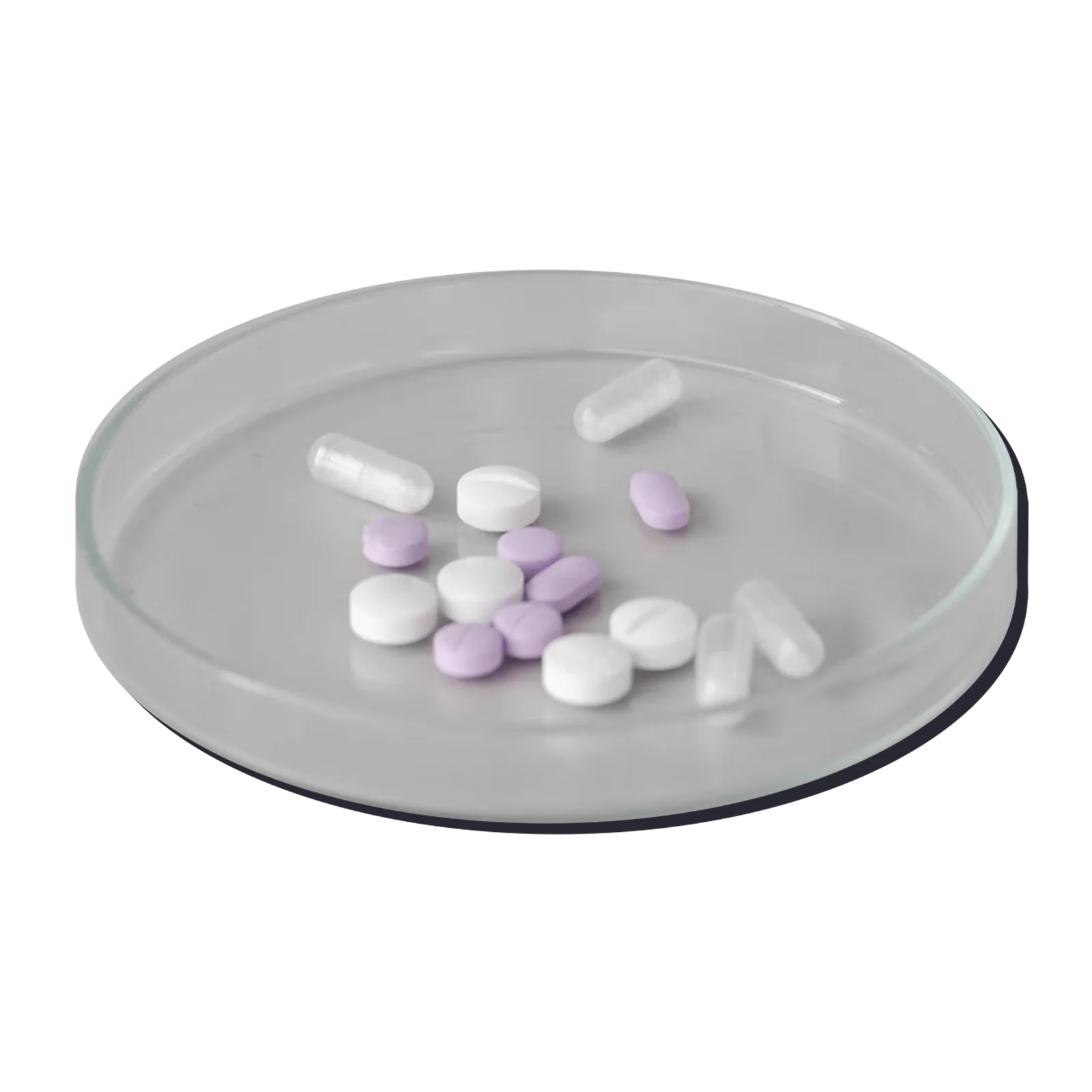
Centre for Sustainable Medicine
Seeking to pave the way for more climate-resilient health systems, the Centre is the first of its kind in Asia, and the largest in the world.
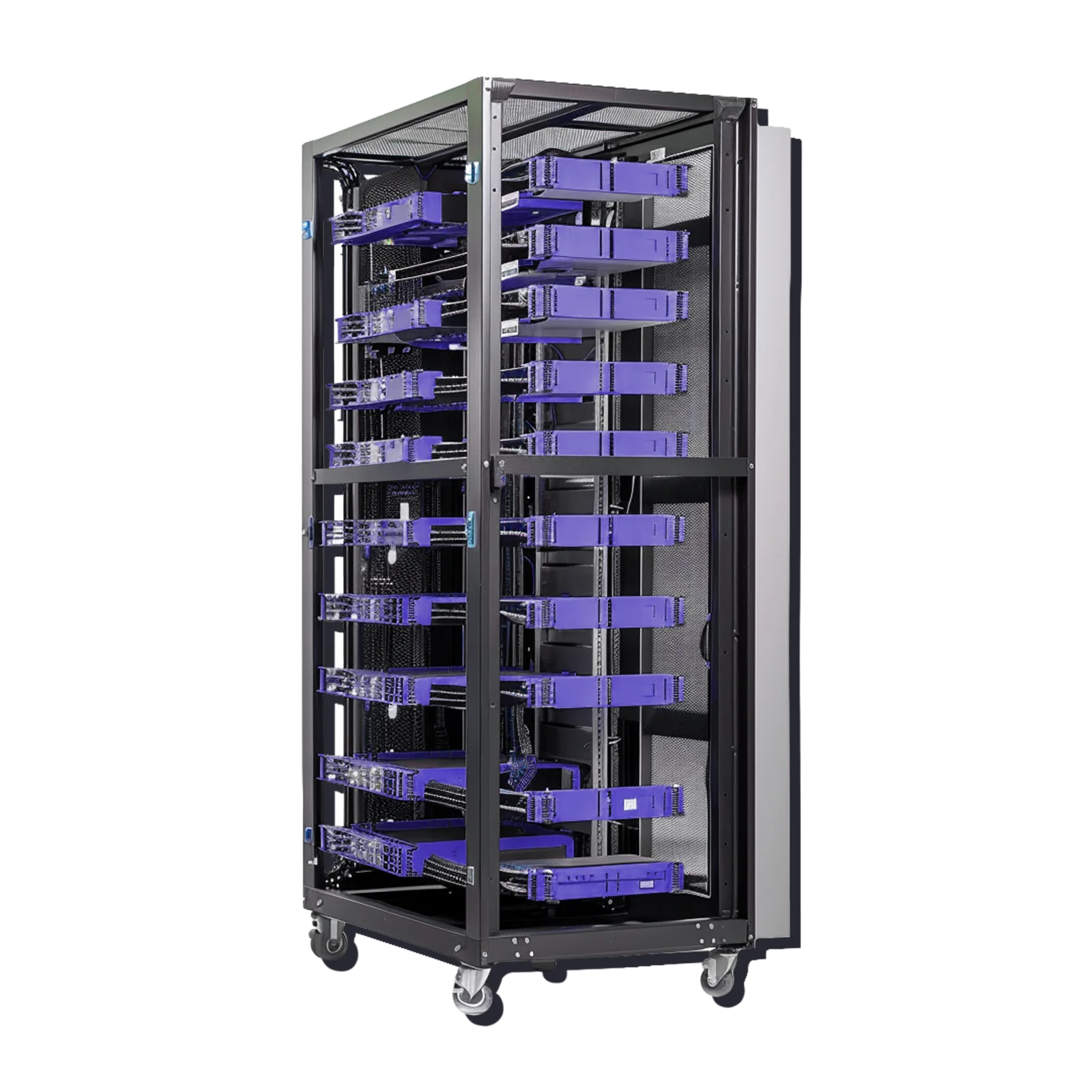
Sustainable Tropical Data Centre Testbed
The first facility in the world dedicated to creating sustainable cooling solutions for data centres in tropical environments.

Institute for Functional Intelligent Materials
The world’s first institute dedicated to the design, synthesis and application of intelligent materials.
OUR IMPACT, IN DEPTH
A quantum leap in space towards a more secure internet
Imagine a shoebox-sized device paving the way for global data security. This compact nanosatellite may even lay the foundation for building a global quantum internet—that is, a network for connecting together quantum machines that are beyond the capabilities of current fibre infrastructure. Thanks to the work of Associate Professor Alexander Ling (pictured below), Principal Investigator at the NUS Centre for Quantum Technologies (CQT), and his team, this vision is being fleshed out.
In 2019, the team launched an experimental nanosatellite into orbit 400km above Earth and confirmed it could create entangled pairs of photons in a compact instrument onboard—the first of its kind in the world. Quirkily named SpooQy-1 in a nod to Einstein’s description of entanglement as “spooky action at a distance”, the nanosatellite weighed only 2.6kg and measured no larger than a shoebox.
This stands in stark contrast to its predecessor, the Chinese Micius satellite, which tipped the scales at over 600kg. Whilst SpooQy-1 was not loaded with some of the telescopes and pointing systems that were on Micius, the NUS team also found ways to miniaturise the crucial quantum components.
The success of the SpooQy-1 project heralds a new age in quantum communications. “We are seeing a surge of interest in building quantum networks around the world,” said Assoc Prof Ling. “Satellites are part of the solution to making long- range networks, creating connections across country borders and between continents.”
Today’s high-speed internet relies on photons to carry data through optical fibres, but signal loss can occur due to physical limitations like cable length and size. SpooQy-1 has demonstrated the successful generation of entangled photon pairs in the challenging conditions of space, highlighting the potential of small, lightweight satellites as a cost-effective solution to creating an orbiting network that can transmit quantum data around the globe.
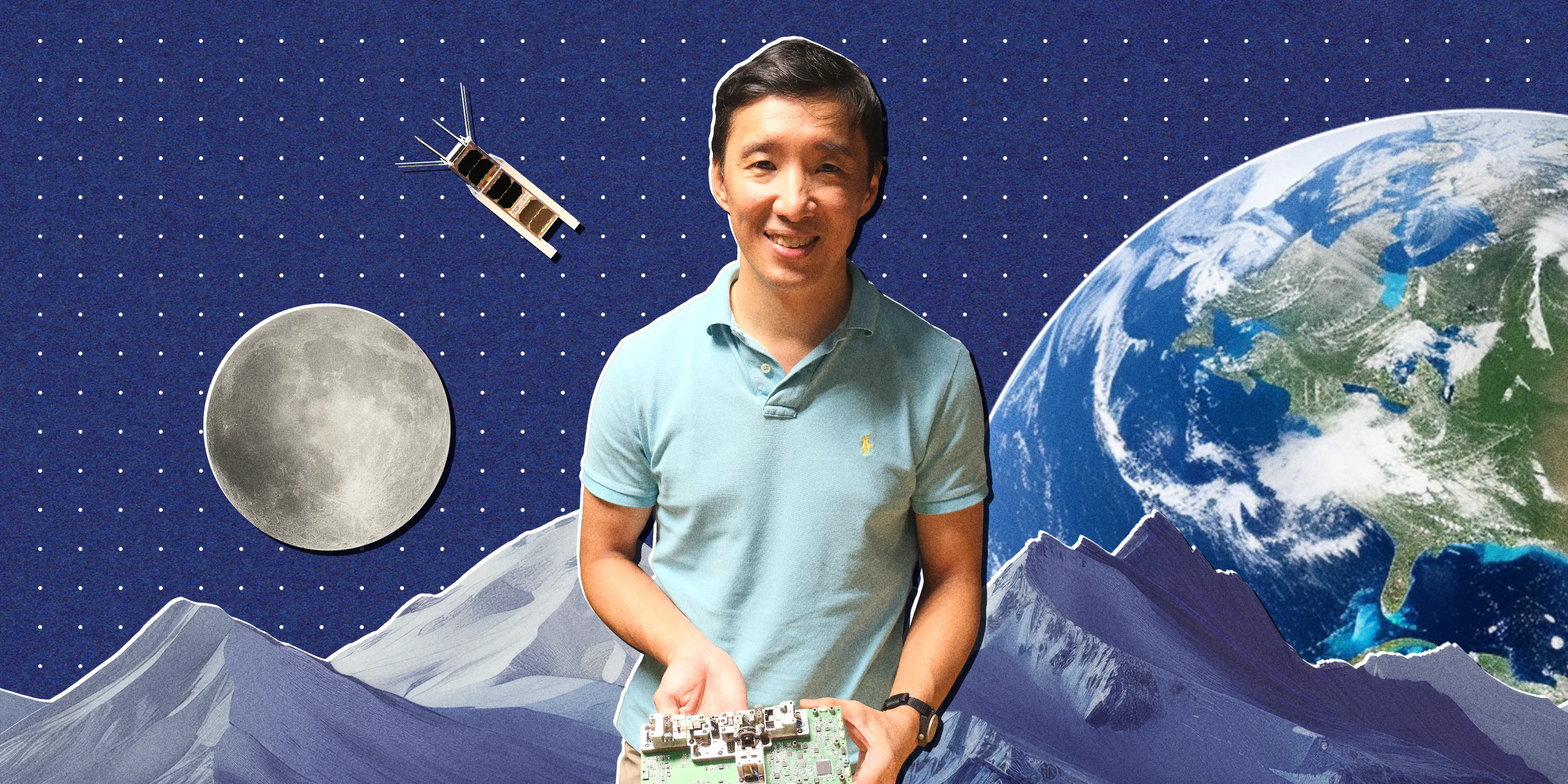
SpooQy-1 also laid the groundwork for the next phase of the project—quantum key distribution (QKD) between distant cities, which could provide an additional layer of security for critical communication networks.
“This is a new capability that is being developed,” said Assoc Prof Ling. “When you transmit information using quantum particles, it is a very secure process. Anyone who tampers with the quantum particles in transmission will alter their states. So, you will actually have evidence that someone has been tampering with your system.”
This security will be pivotal for SpooQy-1’s future successors, including two upcoming missions planned by SpeQtral, a spin-off company that now leads the development of quantum nanosatellites in Singapore. Assoc Prof Ling is one of the cofounders of SpeQtral, which will be collaborating with the UK’s national laboratory RAL Space for one mission; the other mission will be supported by Singapore’s Office for Space Technology & Industry.
These two satellites will beam entangled photons from space to Earth-based receivers and test the secure distribution of cryptographic keys over globe-spanning distances, opening possibilities for secure communications to take place anywhere in the world.
OUR IMPACT, IN DEPTH
Making affordable cancer monitoring a reality
It began with an accidental discovery, fuelled by heat. Assistant Professor Cheow Lih Feng from the Department of Biomedical Engineering at NUS’ College of Design and Engineering and his team were studying some DNA sequencing samples when they spotted something interesting—a sample that had been heated had had its non-informative genomic sections destroyed. What remained, however, were areas of the genome which tend to harbour most cancer-specific signatures.
For the researchers, this discovery hinted at exciting possibilities for cancer testing. “A comprehensive, yet low-cost, cancer detection in a non-invasive manner is not available in the market right now,” said Asst Prof Cheow (pictured below, with team member Elsie Cheruba).
Cancer cells release DNA into the bloodstream that can be detected by analysing blood samples. However, sifting through all this genetic material is expensive and labour-intensive. Some clinicians instead target cancer-specific signatures in cell-free DNA, almost like scanning a large crowd to locate individual faces instead of inspecting every single person.
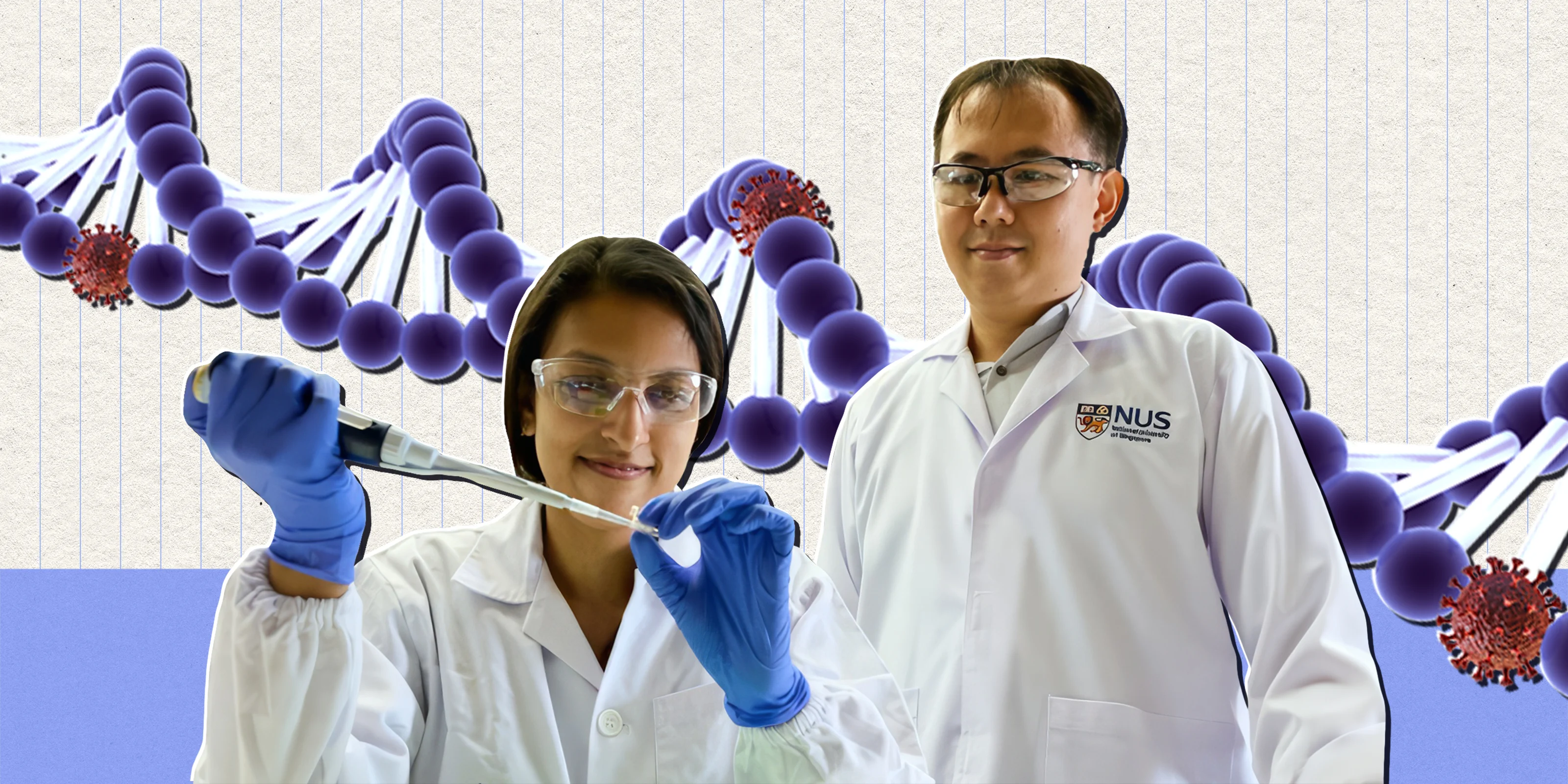
There are blind spots in such methods. “Some patients may have cancer signatures that look slightly different and allow them to slip through the screening process,” he explained.
Inspired by their discovery, Asst Prof Cheow and his team developed the Heatrich-BS assay, which sequences, in his words, the regions that matter the most—clinical samples that have been heated in order to isolate cancer-specific signatures found in a patient’s blood. The method also has the potential to work universally across all types of cancer.
Priced at around S$50, the Heatrich-BS assay is significantly cheaper than other sequencing methods that can cost up to S$1,000. It could thus be potentially used in regular cancer monitoring, and has been trialled at the National Cancer Centre with colorectal cancer patients, allowing doctors to monitor patients for their response to treatment and tailor therapy regimes accordingly.
“Having started my PhD just months after losing my grandfather to cancer, the opportunity to work on that very disease was truly humbling and rewarding. Heatrich-BS will hopefully contribute towards making cancer management more affordable and effective.”
—Elsie Cheruba
Research team member
Creating solutions
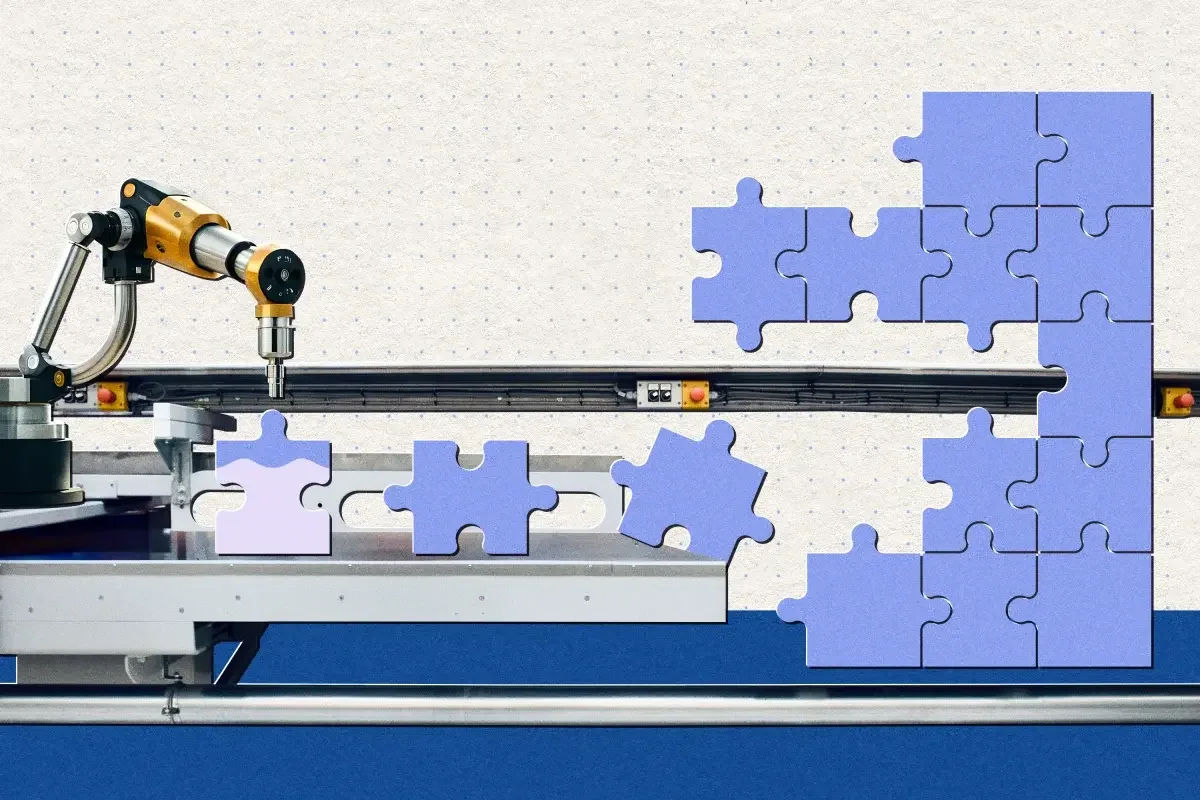
Translating research into practical solutions is a vital driver of our impact.
The past five years have been marked by a steady increase in the number of new patent applications filed by NUS, more than half of which are in the physical sciences. Bearing this out is the University’s position among the top three filers of patents in Singapore, according to the World Intellectual Property Organization and the Intellectual Property Office of Singapore.8
Our technology transfer efforts are shored up by a robust system of support that provides researchers and budding entrepreneurs with expertise, funding and connections with established industry stakeholders.
8
World Intellectual Property Organization, Intellectual Property Statistical Country Profile 2022: Singapore; Intellectual Property Office of Singapore, Statistics 2021–2022.
Translating research into solutions
PATENT APPLICATIONS
2,369
new patent applications.9

PATENTS GRANTED
504
patents granted.10

LICENSE AGREEMENTS
542
license agreements signed.11

TRANSLATIONAL FUNDING
S$22 million
in translational funding from national research funds awarded to NUS teams.12

9
Financial Year 2018–2022
10
Financial Year 2018–2022
11
Financial Year 2018–2022
12
Financial Year 2018–2022
OUR IMPACT, IN DEPTH
Diving intelligently into the deep end
The growth of BeeX, an innovative underwater autonomous systems start-up, bears testament to the robustness of NUS’ entrepreneurial ecosystem in nurturing impact-driven start-ups.
Founded by NUS alumni Grace Chia and Goh Eng Wei (both pictured below), BeeX has been pushing the envelope in underwater self-driving technology. Their goal is to improve the safety of large-scale underwater operations like port infrastructure inspections.
“Traditionally, underwater inspections are carried out by divers or robots that are controlled by men on board, but these require support off a working boat which is quite expensive to deploy,” explained Grace.
“To overcome these challenges, we put intelligence inside the vehicle itself, specialising in low-visibility waters, high-current environments, and complex situations that require us to provide smarter mission plans.” Besides reducing human risk, this also cuts carbon emissions by over 90%.
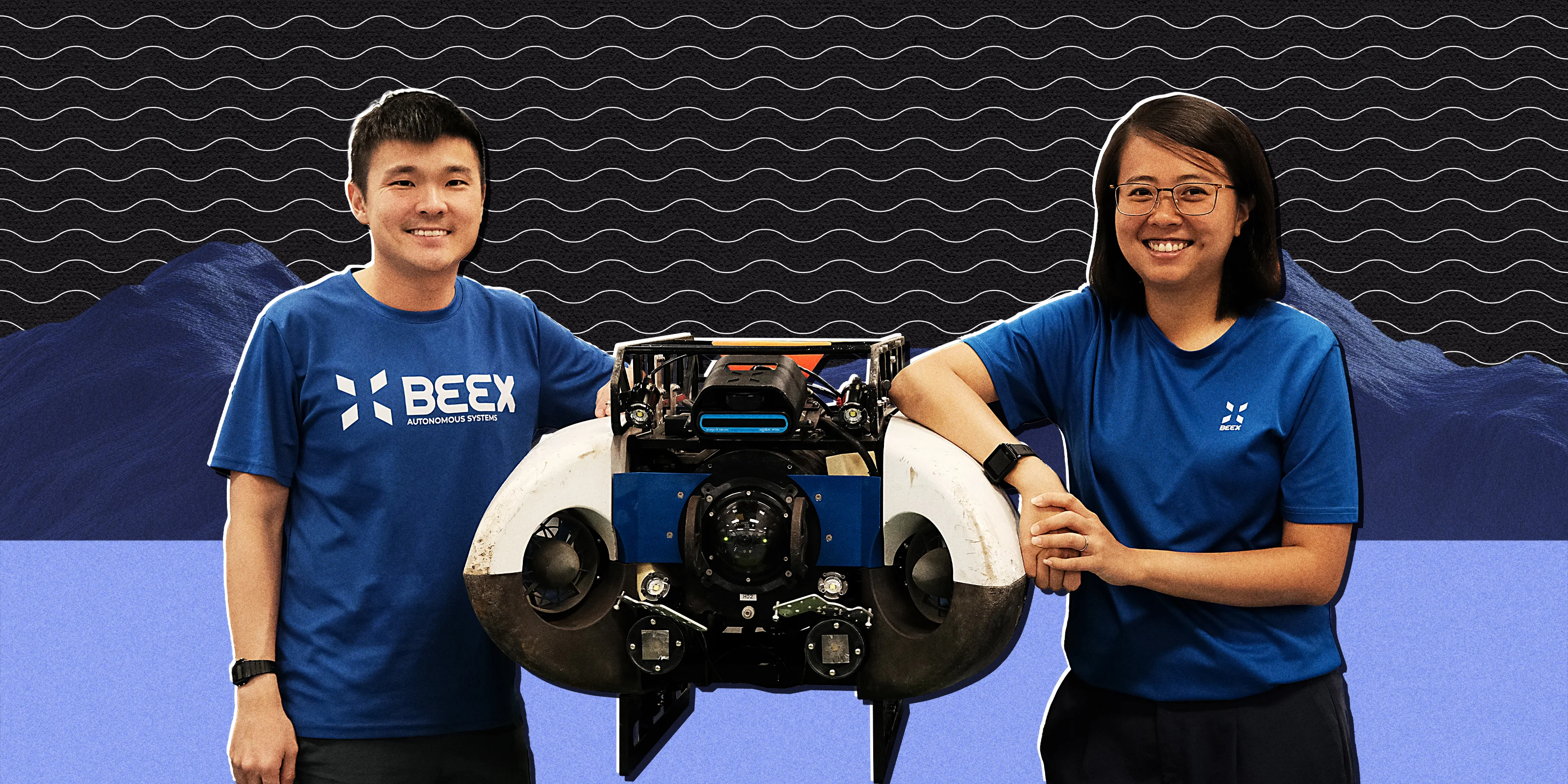
With this idea on hand, the founders sought to spin off the technology from NUS, through platforms like Technology Transfer and Innovation—NUS Enterprise’s technology translation and commercialisation arm—and PIER71, a vibrant ecosystem of maritime veterans and experts, technology, entrepreneurial know-how and investment opportunities. “PIER71 provided us with wider exposure to the maritime sector for growth, outside of our core work with energy and infrastructure players,” said Grace.
The NUS Graduate Research Innovation Programme (GRIP) also offered step-by-step guidance in the process, situating BeeX in the broader deep tech community of innovators, accelerators, investors, corporate customers and government agencies.
Grace’s appetite for entrepreneurship had been whetted early on. As an undergraduate, she interned and studied in Beijing for a year under the NUS Overseas Colleges programme, learning about the ins and outs of running a viable company.
Today, BeeX is growing from strength to strength. It clinched a seven-figure seed funding from Cap Vista, the strategic investment arm of Singapore’s Defence Science and Technology Agency, in 2021, and received the prestigious Enterprise Singapore-Innovate UK grant in 2023.
The dynamic young start-up is also turning its attention to the renewable sector. In the works are plans to deploy BeeX robots in offshore wind farms—such as those along the Gulf of Mexico—and floating solar farms in Singapore.
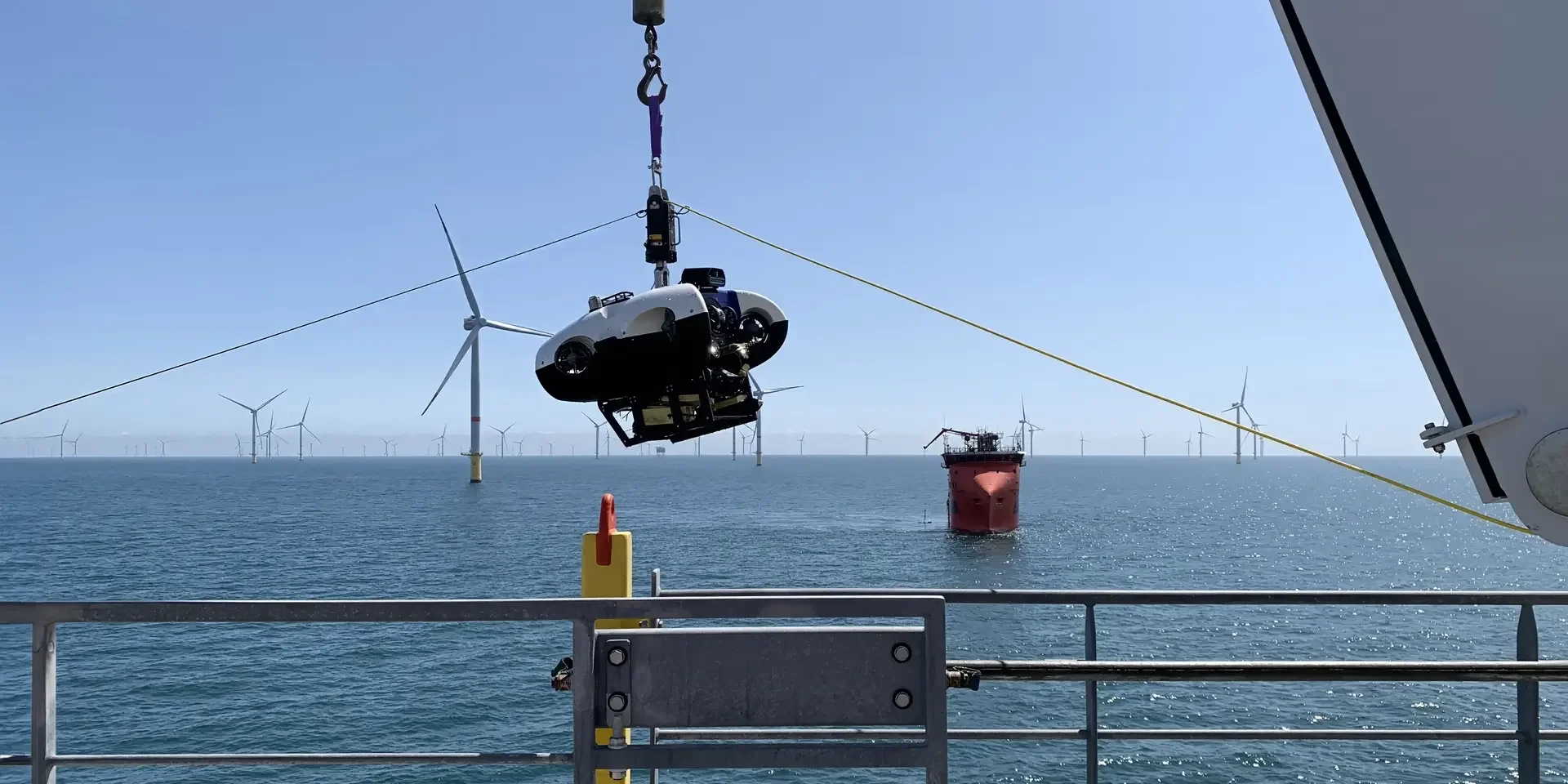
“I strongly believe in the potential of companies to be the biggest changemakers in the world… Our technology takes men and women out of dangerous environments, slashes carbon footprint, and ultimately creates a sustainable way to differentiate without cutting corners.”
—Goh Eng Wei
Co-founder, BeeX
Powering enterprise
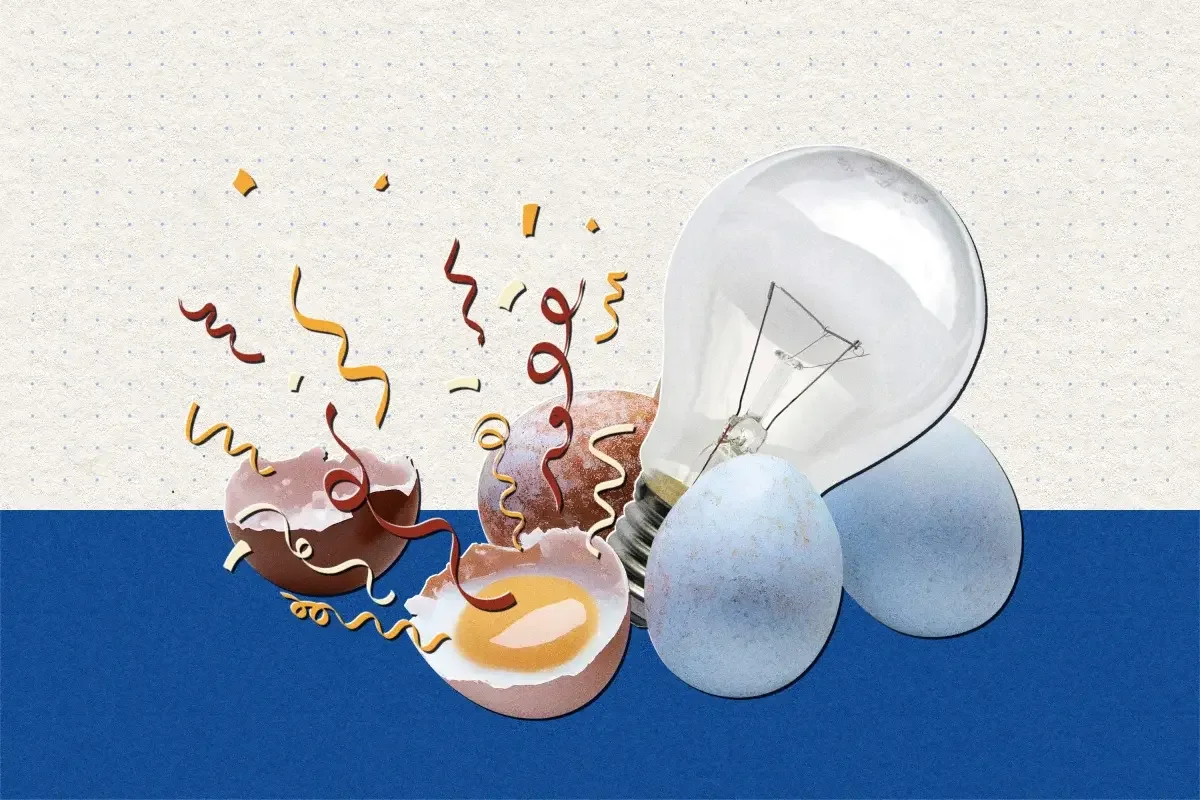
Efforts to nurture start-ups and spin-offs run the gamut at NUS, from experiential education for undergraduates to dedicated acceleration and incubation programmes for those in the thick of creating start-ups.
NUS plays a sizeable role in Singapore’s emerging tech start-up scene. We are one of the key sources of early-stage emerging tech start-ups, with a marked lead in the advanced manufacturing and sustainability sectors.13 In 2022, almost half of the emerging tech companies incorporated in the agrifood sector in Singapore were spun off from NUS.14
The university’s incubation programmes have paid off. The first NUS-supported unicorn, R&D intelligence platform PatSnap, appeared in 2021; our unicorn count has since grown to 11.
13
NUS is the source of 35% and 36.5% of emerging tech start-ups in the advanced manufacturing and sustainability sectors respectively, according to SGInnovate’s Singapore Early-Stage Emerging Tech Startups 2022 report, p.10.
14
SGInnovate, Singapore Early-Stage Emerging Tech Startups 2022, p.10.
NUS-supported start-ups gaining in quantity and quality
SPIN-OFF COMPANIES
![]()
165
spin-off companies were set up based on NUS technology.15

“As a graduate of NUS who was exposed to entrepreneurship during my own time at university, I believe that it is meaningful to continuously give back and grow the entrepreneurial scene in higher education. KooBits is one of the host companies for the NUS Master of Science in Venture Creation programme. We host graduates from the programme and provide them with internship experience. We believe this is the best gift we can give: a near-real-life working experience, which can inform their career. Through these exchanges, we hope to foster an entrepreneurial spirit in our young graduates while exposing them to a vibrant start-up environment.”
Stanley Han
Founder and CEO of KooBits, an NUS-incubated start-up providing AI-powered educational technology
BLOCK71 start-up ecosystem
START-UPS SUPPORTED

Our BLOCK71 start-up ecosystem has supported some
1,600
start-ups globally, with these start-ups reaching a collective valuation of US$29 billion since 2011.
SERIES A FUNDING
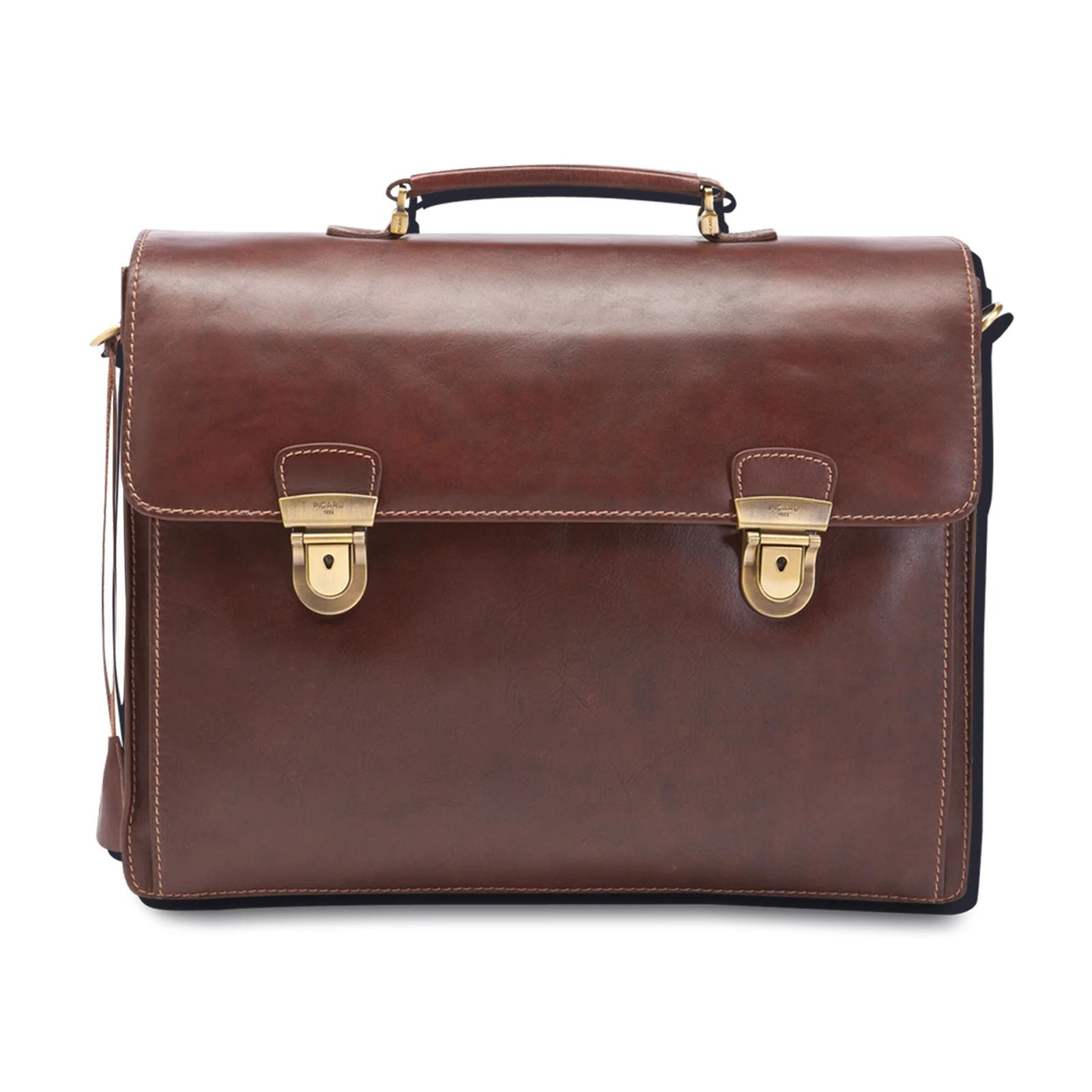
More than
150
NUS-supported start-ups have made it to Series A and beyond.16
VENTURE FUNDING

Annually, BLOCK71 Singapore start-ups have grown to attract more venture funding. In 2022, the annual funding raised was US$1.5 billion, or
14 %
of Singapore’s total deal value.
GOING BEYOND NUS

We nurture innovation within our community and beyond, with
70 %
of our incubated start-ups hailing from outside NUS.
Graduate Research Innovation Programme
GRIP is a venture creation and acceleration programme that helps NUS post-graduate students and researchers leverage research to build deep tech start-ups.
GROWING DEEP TECH START-UPS

110
start-ups have emerged, securing S$55 million in external funding and grants, since GRIP began in 2018.17
START-UP FUNDING

Our companies have achieved significant external validation and traction, with
over 90 %
of their funds raised coming from external sources in 2022 and 2023.
NUS Overseas Colleges
A programme enabling undergraduates to intern at leading entrepreneurial hubs around the world.
![]()
> 1,000
start-ups founded by NUS Overseas Colleges alumni, raising >S$3.5 billion in equity funding since the programme was first established in 2002.18
15
Financial Year 2018–2022
16
As at December 2023
17
As at December 2023
18
As at December 2023
OUR IMPACT, IN DEPTH
Imbuing vigilance in the workplace
One of the many start-ups that entrepreneurial programmes like NUS Overseas Colleges (NOC) and the NUS Graduate Research Innovation Programme (GRIP) have successfully incubated is Invigilo, an AI-powered solution builder for enhanced workplace safety and productivity.
Named after the Latin term for “watch after,” Invigilo aims to do exactly that. It leverages real-time AI video analytics to identify and avert potential dangers and accidents in high-risk environments such as construction and manufacturing sites.
“Safety professionals can rely on our products to receive alerts whenever a safety hazard is detected, leading to early intervention, prevention of accidents, and ultimately saving lives,” explained Invigilo’s founder, Vishnu Saran (pictured below). “The symbiosis of technology with traditional industries is critical to ensure a safer future for all.”
Invigilo’s technology is also customisable to each industry’s specific safety requirements, including construction, maritime, and manufacturing sites, and stands out for its compatibility with businesses’ existing dashboards and software.
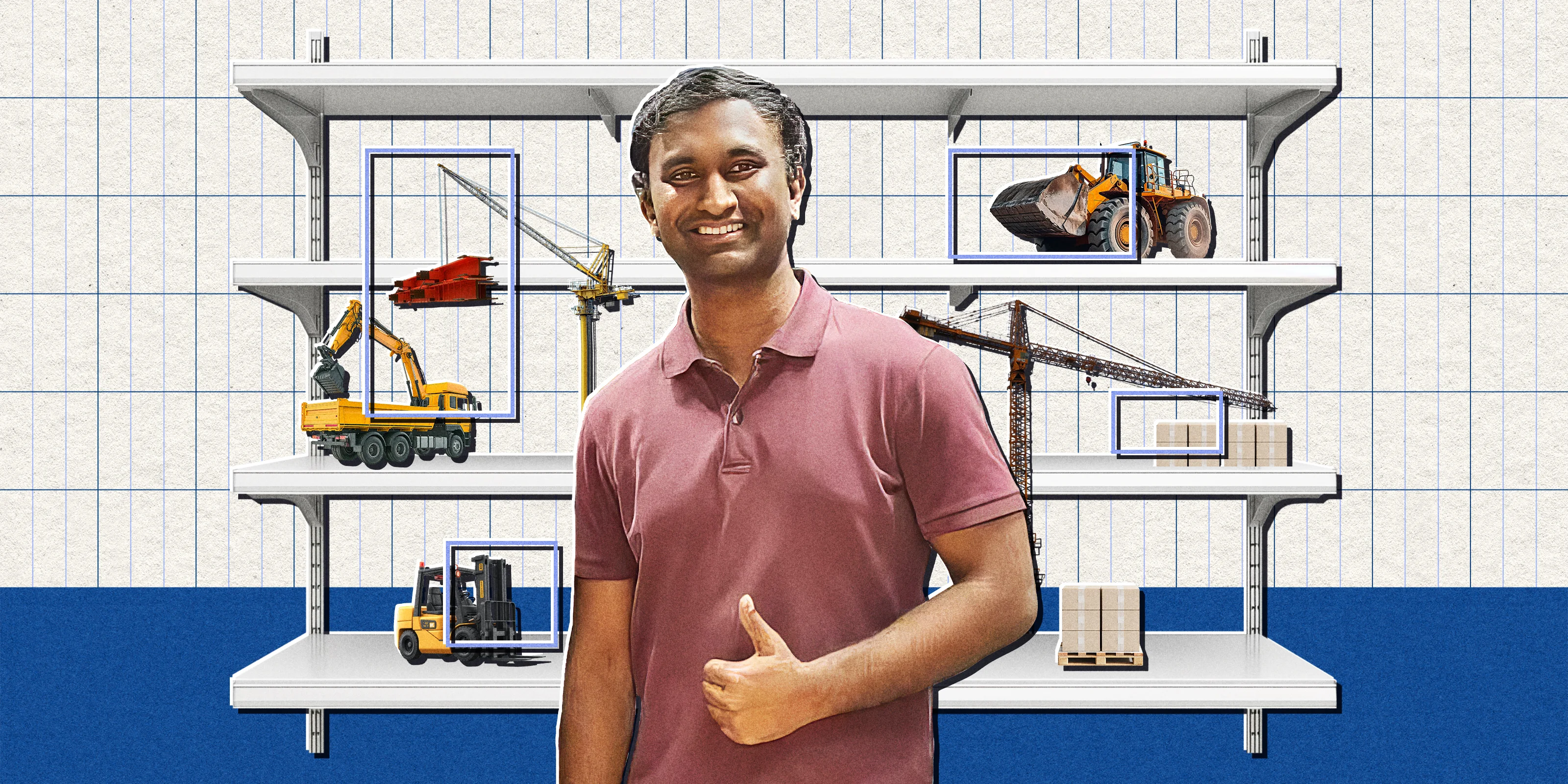
The NOC experience was instrumental in planting the seed of inspiration for Vishnu. Through this programme, NUS undergraduates get to live, work and study in over 20 key entrepreneurial hubs worldwide, benefitting from the synergy present in these mature innovation ecosystems. Their internship experience equips them with a firsthand understanding of entrepreneurial skillsets and processes, laying the foundation for their own ventures.
The concentration of talent, ideas and capital during Vishnu’s internship stint at Silicon Valley fuelled his passion and drive, galvanising him to turn his ideas into reality.
“NOC was one of the best experiences I had, as it opened my eyes to a very different setting,” he reflected. “Everyone was extremely passionate and driven about what they were working on and it gave me a lot of energy to pursue this start-up path.”
Vishnu also credits GRIP with playing a role in Invigilo’s success. A unique venture creation programme that enables postgraduate students and researchers to transform research into deep tech companies, GRIP afforded Vishnu the support he needed to get his start-up off the runway, from providing crucial introductions to vibrant entrepreneurial networks, to hosting community events where he could connect with other start-up founders.
To date, Invigilo has worked with the Housing Development Board and the Land Transport Authority to deploy its safety solutions across manifold industries in Singapore, helping to reduce accidents, increase safety coverage for workers, and improve cost savings for companies. Looking ahead, the team is working to scale Invigilo across regional markets, as they continue towards their vision of an accident-free world.

